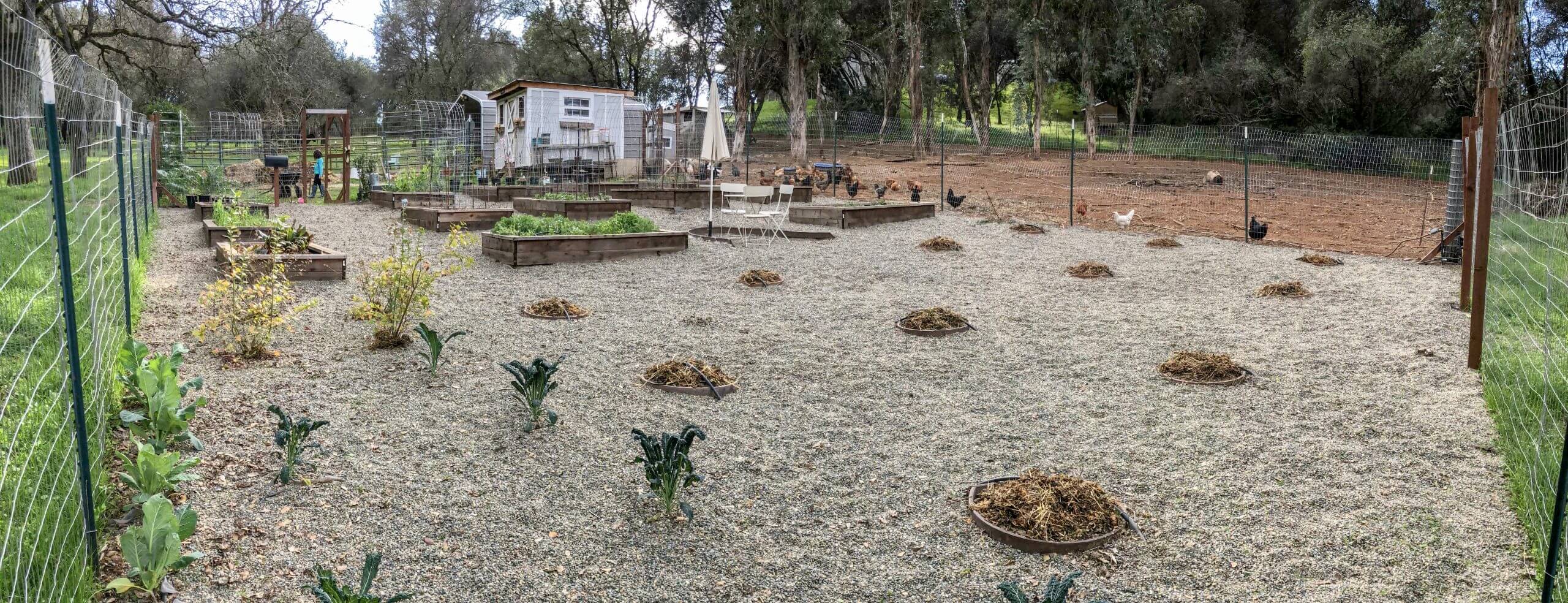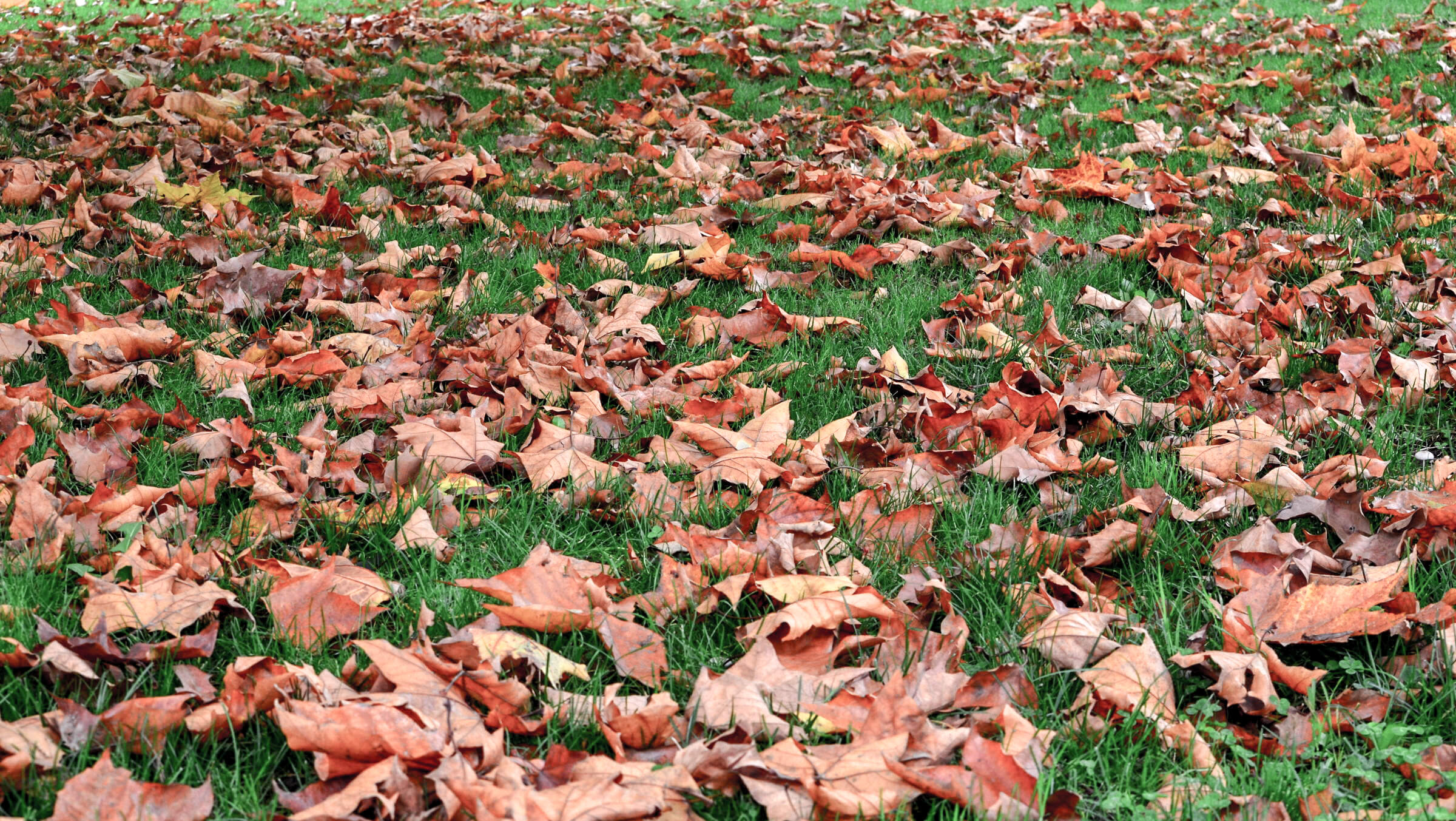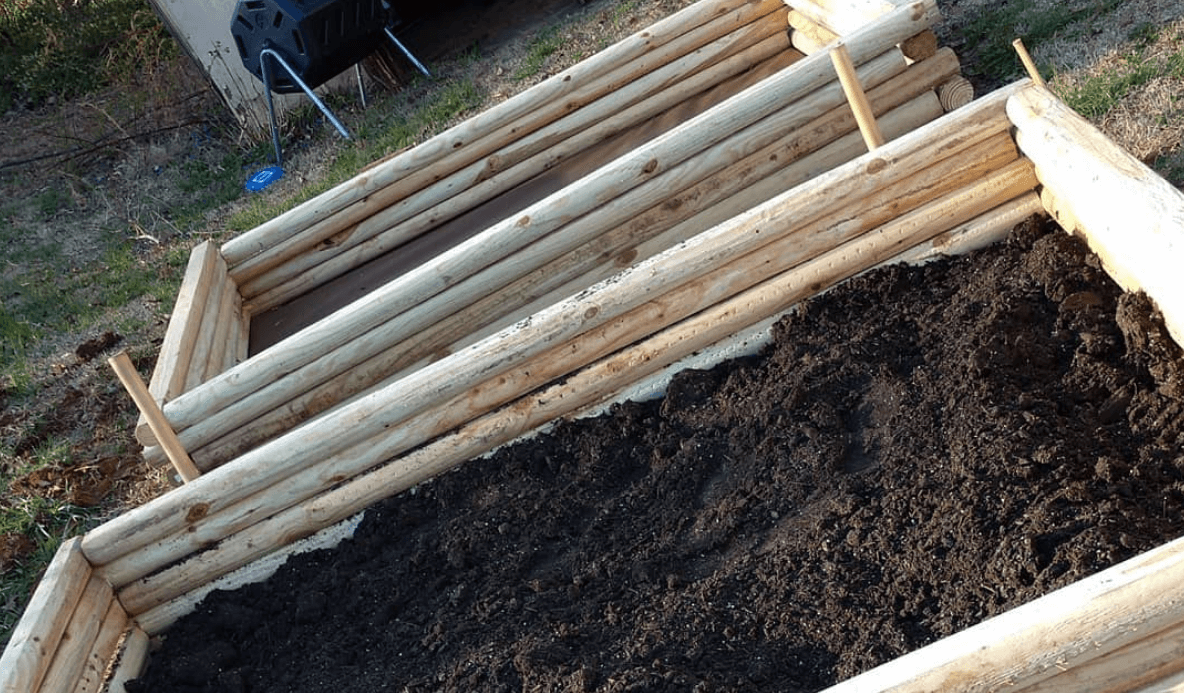
Welcome to our newest blog series, where we’re telling the story of YOU, our customers. So many of you have fun and interesting stories to tell about your passion for gardening, the newest landscape project you’ve just completed, or the DIY project you can’t wait to show off. We’re happy that our carts get to play a small, supporting role in the amazing things you’re doing to improve your life and home. We’re excited to uncover the first of many more stories to come.
In the Sierra Nevada Foothills of Northern California, near where gold was discovered a couple centuries ago, lies the Flicker Farm, the brainchild of Nicole Flicker. Motivated by a pursuit of “real food,” she started the farm with her husband and daughter in the fall of 2015. They had been canning and buying local, but when the opportunity to purchase their own acreage came, they decided to go all in. “We wanted to raise healthy food, raised on pasture, and feed our family the highest quality food we possibly could,” says Flicker.
The Flickers started with meat hogs and then added chickens, turkeys, and dairy goats. They even have a donkey who protects the goats. Nicole says, “Most of what we know has been learned from doing lots and lots of research—blogs, YouTube, books.” She explains that the process of starting a farm is taking your research and applying it through trial and error.
Neither Nicole or her husband had previous farming experience. “We have made mistakes for sure, but we learn and grow from those,” says Nicole. The fact that she is an avid reader and researcher coupled with her fearless attitude has produced an ever growing and successful farm. “I consider ourselves successful because we keep it simple,” she says. Time, money, and the desire to add everything at once are Nicole’s biggest challenges. She says that practicing patience and sometimes cutting things from her wish list have paid off.

The Flickers are big proponents of ‘head-to-tail’ butchering, meaning they leave nothing to waste. They raise their chickens and pigs, harvest and clean them themselves, and serve the meat for dinner. After eating, they simmer the leftover bones for broth/stock to use in future dishes. They also use the lard or pork fat, that is a by-product of pork harvest. Nicole reports, “Often the only things in a dinner that didn’t come from our farm is the salt and pepper. It gives us a deep appreciation for the life that is sustaining us…when something is homegrown, the flavors are so intense—it’s how food should taste.”
On the garden side of the farm, Nicole lists, “Greens like lettuce and kale, roots like beets and carrots, herbs, wildflowers for the pollinators, flowers for cutting, berries, melons, pumpkins, gourds, squash, hops, cucumbers, tomatoes, peppers, cover crops, and an orchard of fruit and nut trees…a little of everything!” Nicole recommends that people try roasting their vegetables, as opposed to boiling or steaming, which don’t impart much flavor. “Suddenly, roasting brings out a whole new wave of flavors and you have a whole new experience with them,” she says.
About six months into starting the farm, people began to get curious about the Flicker’s new endeavor. She started a blog, Facebook page, and Instagram profile to share the Flicker Farm story. Her following quickly grew as she answered questions like “What does it cost to feed the farm?” and published recipes for Pineapple-Jalapeno Jelly and Whipped Lardo with Garlic and Rosemary. “I thought that would be a great outlet and would hopefully inspire others to grow some of their own food,” she says.
The Flickers bought their first Gorilla Carts® Cart about nine months ago. “As soon as we got it put together we both said “where have these been all of our lives!” says Nicole. They recently bought a second cart because they found themselves arguing about who got to use their first one. They use their carts daily during the winter to bring firewood down to the wood stove in their house. “I love that you can unhood the bed to dump whatever you are carrying. It is much easier to use than a wheelbarrow since it doesn’t require balancing,” comments Nicole.
Running a farm requires a lot of hauling. The Flickers use their carts to do everything from carrying livestock feed, to transporting garden equipment, to harvesting pumpkins and processing poultry. Nicole says, “We basically use them for everything…one of our best purchases yet.”
To all the aspiring home farmers and organic gardeners, Nicole encourages starting small. “Start with a tomato plant, start with a couple of chickens, start some veggies from seed rather than buying established plants from the nursery. Start small, but just start!”



